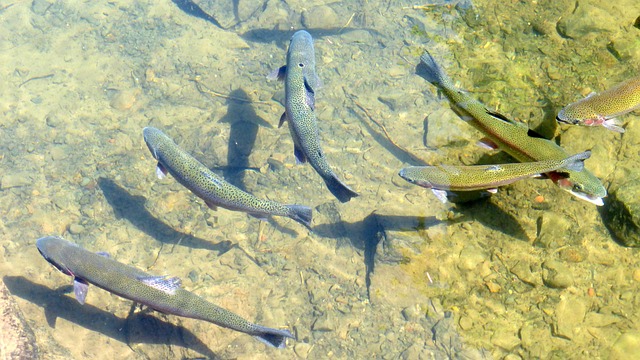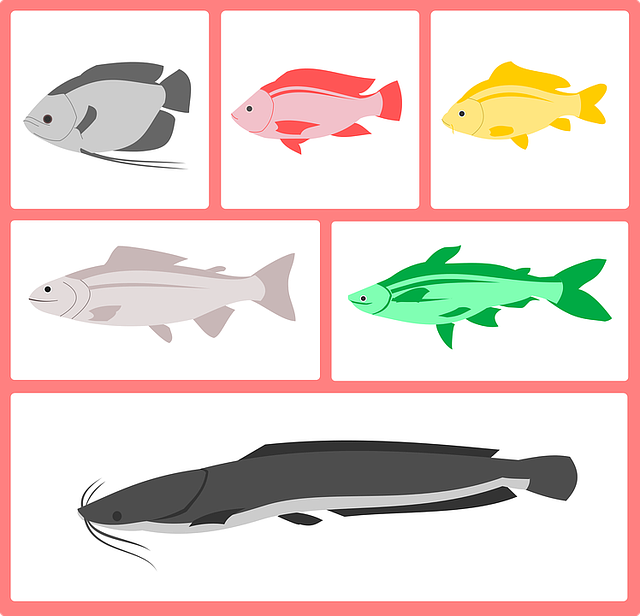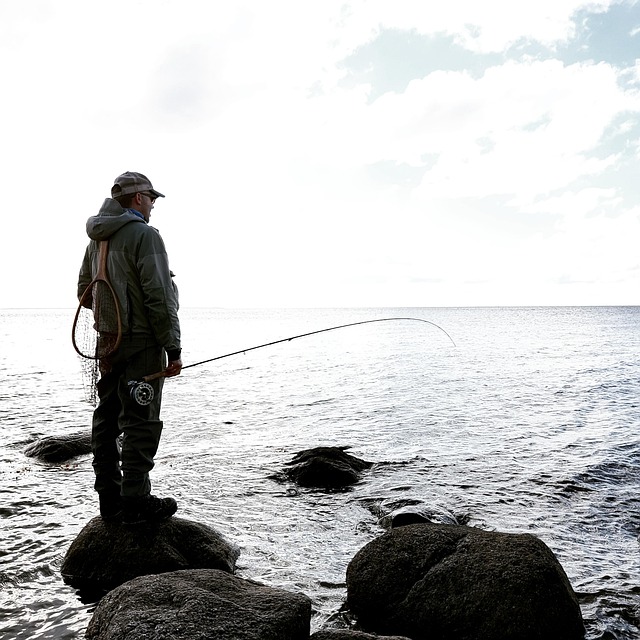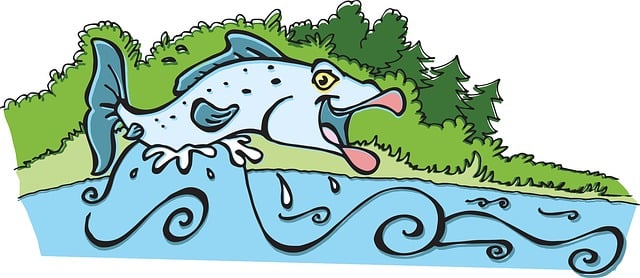The catch-and-release practice on the McKenzie River conserves its diverse fish species like Chinook salmon, Rainbow trout, Coho salmon, and Brown trout. Anglers follow strict guidelines using specialized gear to minimize harm, maintaining ecological balance and sustainability for future generations. Proper handling techniques ensure high survival rates when releasing fish back into the river. Protecting these McKenzie River fish species is vital for preserving the river's ecological integrity and natural beauty.
“Explore the delicate balance of catch-and-release fishing practices along the scenic McKenzie River, a vital habitat for numerous fish species. This comprehensive guide delves into the benefits and intricacies of this sustainable approach, highlighting its role in preserving the rich biodiversity of local river ecosystems.
Discover the popular McKenzie River fish species, learn best practices for responsible angling, and gain insights into proper release techniques to ensure the health of these aquatic populations.”
- Understanding Catch and Release on McKenzie River
- Popular Fish Species in the McKenzie River
- Benefits of Catch and Release for River Ecosystems
- Best Practices for Responsible Angling
- Identifying and Releasing Fish Properly
- The Impact of Humans on McKenzie River Fish Populations
Understanding Catch and Release on McKenzie River

The catch-and-release practice on the McKenzie River is a significant conservation method that allows anglers to enjoy the river’s abundant McKenzie River fish species while ensuring their populations thrive for future generations. This approach involves carefully capturing and releasing fish back into the water, minimizing harm and stress to the caught individuals. By adopting this practice, anglers can help maintain the ecological balance of the river system, allowing fish to spawn and contribute to a healthy ecosystem.
Anglers on the McKenzie River adhere to strict guidelines when practicing catch-and-release. These include using specific types of gear designed for gentle handling, proper release techniques, and adhering to size limits and catch quotas for different McKenzie River fish species. Such measures ensure that only healthy, mature fish are targeted, promoting sustainability and preserving the genetic diversity of the river’s fish populations.
Popular Fish Species in the McKenzie River

The McKenzie River, renowned for its pristine waters and diverse ecosystem, is a haven for anglers seeking a variety of fish species. Among the most popular catches are Chinook salmon, known for their majestic size and fighting spirit, making them a favorite among sportfishers. Rainbow trout also thrive in these waters, offering excellent angling opportunities year-round. Coho salmon, with their silver scales and robust bodies, add to the excitement, especially during their fall run. Additionally, brown trout, known for their cunning nature, provide a challenging catch for experienced anglers. The river’s rich biodiversity ensures that visitors have a chance to encounter these iconic species, contributing to the region’s allure for outdoor enthusiasts and fish lovers alike.
Benefits of Catch and Release for River Ecosystems

The catch-and-release practice, a widely adopted angling method on the McKenzie River, offers significant advantages for the river’s ecosystem and the diverse fish species it harbors. By releasing captured fish back into their natural habitat, anglers contribute to maintaining a healthy population of McKenzie River fish species such as trout and salmon. This approach minimizes the negative impact of overfishing, allowing these aquatic creatures to continue thriving in their environment.
Moreover, catch-and-release encourages anglers to respect the river’s ecological balance. It promotes sustainable fishing practices, ensuring that future generations can also enjoy the abundance of McKenzie River fish species. The method also fosters a deeper connection between anglers and nature, as it requires skill and patience to successfully handle and release fish while minimizing stress, thereby enhancing the overall angling experience.
Best Practices for Responsible Angling
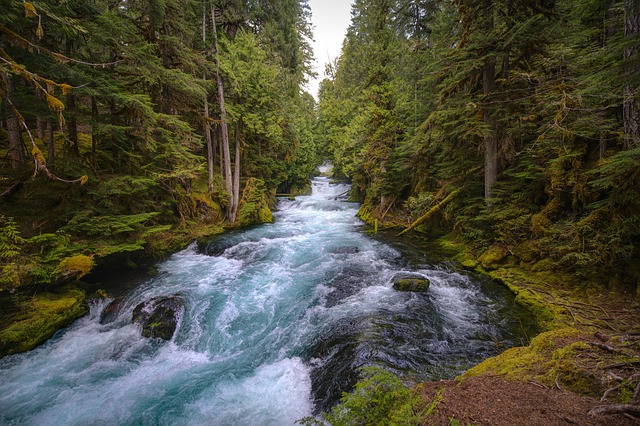
Anglers visiting the McKenzie River should adhere to best practices for responsible fishing, ensuring the preservation of the diverse fish species that call this waterway home. One key principle is catch and release, which involves returning caught fish back into the water unharmed. This practice is particularly important for endangered or vulnerable species and helps maintain a healthy population. Anglers should be equipped with proper tools, such as strong, sharp hooks designed to minimize damage to fish flesh.
Additionally, knowledge of local regulations regarding fishing seasons, size limits, and catch quotas is essential. Respecting these rules not only protects the environment but also promotes fair play among anglers. When catching a fish, anglers should handle it gently, using wet hands or a net to avoid damaging scales and fins. Quick release from the hook and minimal handling time significantly increase the survival rate of released fish.
Identifying and Releasing Fish Properly

Identifying and releasing fish properly is a crucial aspect of catch and release on the McKenzie River. Knowing the different McKenzie River fish species is essential for anglers to make informed decisions about their catch. Some species, like the native rainbow trout, are particularly sensitive and require special care. Anglers should familiarize themselves with the unique characteristics and handling techniques for each species they target.
Proper release involves wet hands or a soft mesh bag to minimize damage, ensuring the fish is unharmed and has enough oxygen. For larger catches, a quick, firm flip into the water can help re-aerate the fish before releasing it back into the river. This practice not only promotes sustainable fishing but also allows these remarkable McKenzie River fish species to continue thriving in their natural habitat.
The Impact of Humans on McKenzie River Fish Populations
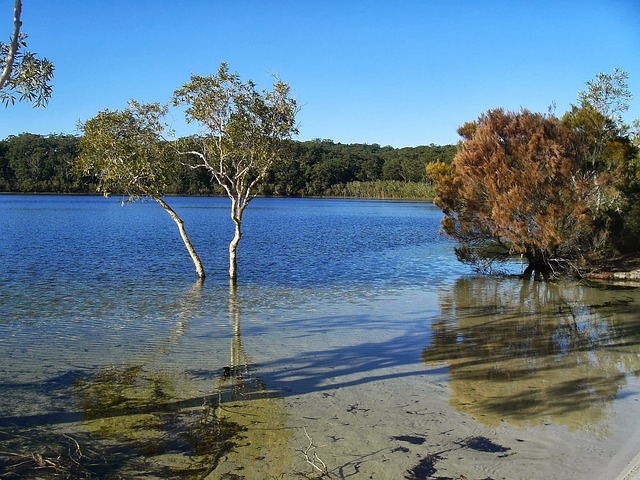
The delicate balance of the McKenzie River ecosystem is significantly influenced by human activities, particularly when it comes to its diverse fish populations. The river, teeming with various McKenzie River fish species, faces challenges due to increasing human interaction and infrastructure development along its banks. From fishing pressure to habitat destruction, these factors contribute to disrupting the natural rhythms of the river’s ecology.
Human-induced changes, such as overfishing and alterations in water quality, can have cascading effects on the entire food web. For instance, target fishing of popular species like trout can disrupt predator-prey relationships, impacting not only the fish but also the insects, plants, and other organisms that depend on them. As a result, maintaining healthy McKenzie River fish species populations becomes increasingly vital to preserving the river’s natural beauty and ecological integrity.







